
The dream-into-reality moment of your veterinary design project explained.

Heather Lewis, AIA, NCARB, is a partner at Animal Arts, an architecture firm in Boulder, Colorado and frequent HospitalDesign360 conference speaker. She's a lighting geek and a (seriously) devoted advocate of minimizing pets' stress and anxiety during their veterinary visits. She has designed practices and shelters that range in size from 1,200 square feet to 110,000 square feet. During grad school (as a break from architorture) she trained miniature horses to pull carts!

The dream-into-reality moment of your veterinary design project explained.
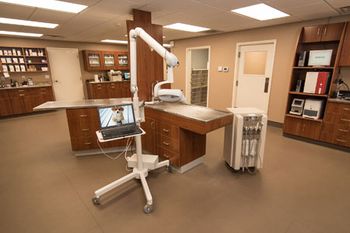
Thinking of adding a separate dental area to your veterinary clinic? Youll want to incorporate these tips into your design.
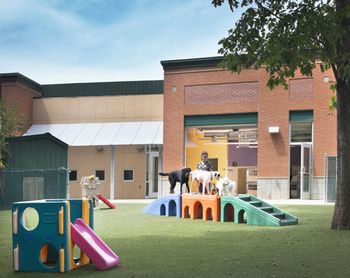
As veterinary hospitals get more creative in design and look less like hospitals, its still important to use easy-to-clean finishes. Follow these tips from Heather Lewis, our favorite neat freak.
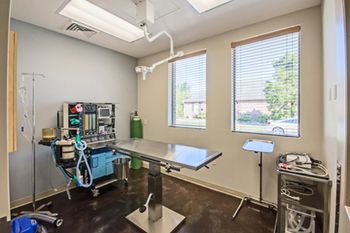
Small touch-ups and an objective look at your space will go a long way in getting an associate or other potential practice buyer interested.
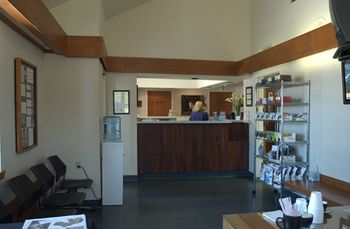
If your reception area could use a refresh, start with the reception desk says veterinary architect Heather Lewis. That one change will make a big difference in your space.

Species separation: Pets like it, clients want it.
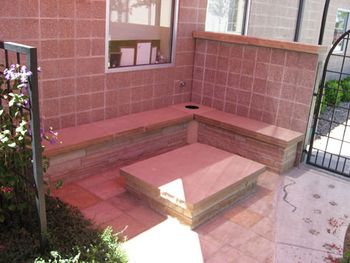
A euthanasia garden might be the key to a peaceful goodbye when your veterinary clients face parting with a beloved pet.

Veterinary architect Heather Lewis is here to remind the veterinary world that even mans closest of animal companions still sees, smells, hears and experiences vary differently in crucial ways. Keeping that truth in mind helps immensely when it comes to designing a low-stress environment.

Huge does not equal practical

Just because the space was created by an architect doesn't mean the design work is done.

Advancing technology isn't just for your instruments and software.

These precocious pets are here to show you the gaps, rifts and design flaws that bust your ability to take care of business at your veterinary practice.

You can appeal to fun, style and client satisfaction everywhere else in your hospital design. The surgery suite is where you keep it real ... real CLEAN.

Anyone NOT want cooler surgery lights or better task lighting? Advances in lighting could make these reasonable updates for your veterinary practice.

Use these ideas to help your feline friends stay calm (and safe, and even sane) when they stay with you. Some of them dont cost a dime or require any changes to your housing. And some require a little more. Dare to dream!

Deposit your practice in one of these buildings.

Architect Heather Lewis is working with veterinary experts to figure out what colors could help calm canines and felines in a veterinary practice.

Red tape slowed down this Dubai clinic, but couldnt stop their dream.

Manage clients' first impressions and overall view of your practice

Take a look at how the high temple of veterinary medicine-otherwise known as the exam room-has changed with the times and where it's going.

Tailor to your toughest customer and create a calming facility.
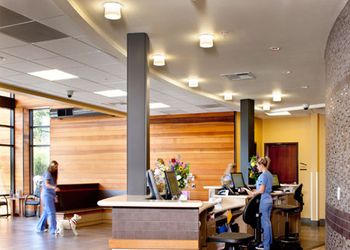
From floor to walls and everything in between, here are some important things to keep in mind when choosing hues for your clinic.

By breaking down barriers, you can give your clients an exceptional veterinary hospital experience.

Proper prep points to a pleasing process

Smart design fosters a clean facility.

Veterinary architect Heather Lewis, AIA, shares new research about veterinary housing and solutions that reduce cats' stress and help dogs stay happy when they're at your practice.
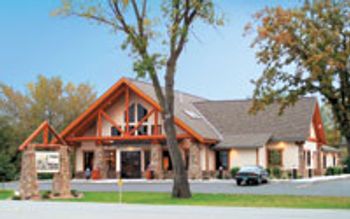
Integrate your facility's design with your business cards and other materials to help your marketing message hit home.
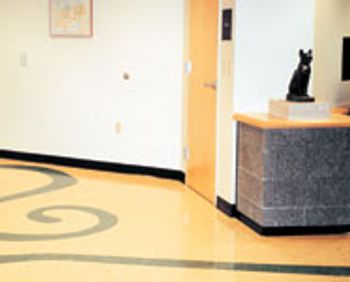
Marry the right flooring to the right part of your veterinary hospital and your entire practice will be perfectly in step. Install the wrong materials underfoot and the whole place will feel out of rhythm.
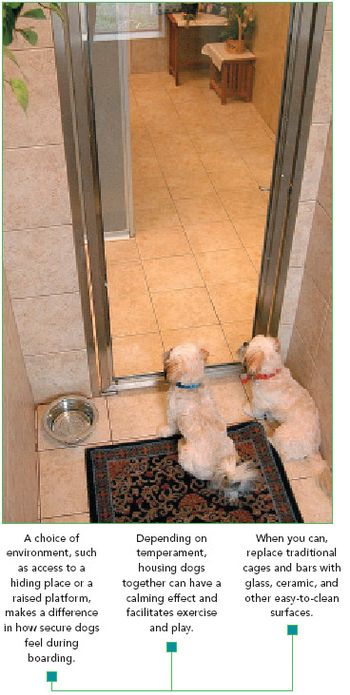
Your approach to housing animals speaks volumes to your clients about how you'll handle all aspects of their pets' care.

First decide which areas of your practice offer the greatest opportunities—then look at ways to make the changes you want without breaking the bank.